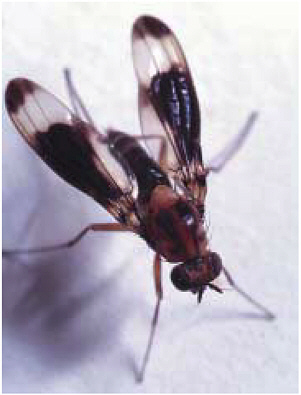Adventures
- Backpacking (29)
- Beach / Coastal (46)
- Climbing / Canyoning (15)
- Conservation / Restor… (11)
- Fishing / Diving (22)
- Hiking (149)
- International (3)
- Kayaking (11)
- Mainland US (17)
- Streams / Waterfalls (61)
- Uncategorized (12)
Recent Posts
 Canyoneering: Communication Breakdown
Canyoneering: Communication Breakdown
Recently learning how to rappel from my friend Kitt, I was invited to tag along... East Maui Waterfall Marathon Pt 2
East Maui Waterfall Marathon Pt 2
As a reconnaissance for future adventures with a larger group, Baron and I decided... Twin Falls, North Kauai
Twin Falls, North Kauai
One of my colleagues who lives / works up in North Kauai strongly recommended that... Honolulu 27, Waterfall Loop
Honolulu 27, Waterfall Loop
The heavy rains from a recent, mild tropical storm made for perfect conditions... Koolau Summit Trail: Manana to Waiahole Uka
Koolau Summit Trail: Manana to Waiahole Uka
With high clouds and an open summit, traversing the section of the Koolau Summit... Aotearoa - New Zealand, South Island Pt 3
Aotearoa - New Zealand, South Island Pt 3
STAY TUNED for more photos and full description of our New Zealand Adventures!!! Queenstown...
See Older Posts
- November 2014 (1)
- October 2014 (4)
- March 2014 (3)
- January 2014 (1)
- December 2013 (3)
- November 2013 (3)
- October 2013 (3)
- September 2013 (3)
- August 2013 (4)
- July 2013 (3)
- June 2013 (6)
- May 2013 (2)
- April 2013 (5)
- March 2013 (4)
- February 2013 (4)
- January 2013 (5)
- December 2012 (5)
- November 2012 (4)
- October 2012 (6)
- September 2012 (2)
- August 2012 (5)
- July 2012 (5)
- June 2012 (6)
- May 2012 (8)
- April 2012 (4)
- March 2012 (7)
- February 2012 (6)
- January 2012 (9)
- December 2011 (6)
- November 2011 (11)
- October 2011 (8)
- September 2011 (9)
- August 2011 (10)
- July 2011 (12)
- June 2011 (9)
- May 2011 (1)































My name is Pono Christianson and I have been a part of the BIMVC/ cabin management through Kamehameha School for ten years. I really want to thank you for all your good work on Hualalai mountain, the respect that you give to the mountain is really great. I found your analysis of the flora and fauna fascinating and supportive to what I thought seemed accurate. As you might know the Palila and I’iwi are starting to come back after being scarce for what i believe was ten years. I remember the days when you could walk out of Kipahee and Halelaau cabin to see the birds in abundance.